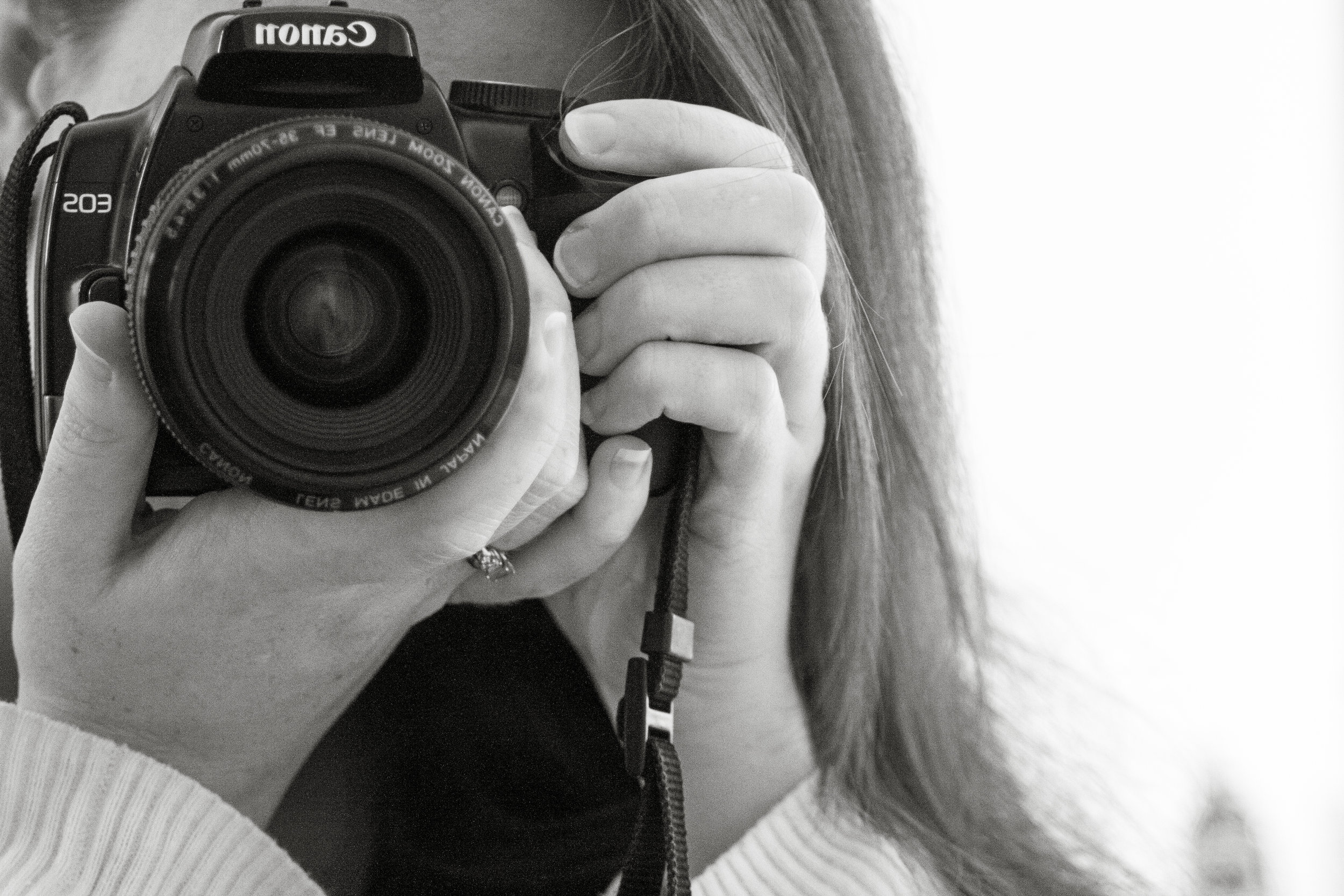Are your digital photographs a mess? Here are 5 steps to help you say "goodbye" to digital chaos.
If you’re anything like me, you’re constantly taking photos. You reach for a camera multiple times a day to capture little moments that make you smile. You probably have thousands of photographs and they’re all in different places. There are some on your phone, on your partner’s phone, maybe even some on your teenager’s phone. Then there are the photographs on your digital camera. Perhaps there are some on tablets, laptops, desktop computers, cloud storage, external hard drives, USBs - the list goes on.
You’re talking with a family member and they mention a beautiful photo you captured recently and posted on Instagram. They want a copy of the photo so they can print it. You smile and say you’ll email the large file but inside you’re cringing. The problem? You don’t know which device contains that file.
Talk about overwhelming!
No one wants to be overwhelmed when dealing with family memories. I want to help you get on top of your digital photographs.
You'll need to set aside some time to follow these steps and it will feel like a huge task at first, but it will be so much easier for you to manage your digital photographs in the long run!
1- Gather
To begin, I want you to get all your photographs in one place.
Just one.
Every photograph that is taken by your family for documentary purposes needs to be together. That way it is easier to sort and organise. If you need to keep referring to multiple devices/hard drives/CDs/USBs (you get the picture) you’re going to get stuck and give up. It becomes too much.
This one place becomes your photo hub. All your photographs from now on will make it's way through this hub.
2- Sort
You need a system of sorting your photographs. One that makes sense to you. I like to work chronologically because I find it is the easiest system to keep me consistent. Within my “pictures” folder, I have folders labelled by year and then within each year, by month. If it helps you to stay organised, rename image files to suit your system.
People work in different ways, find the method that suits you.
3- Edit/Delete
Once I have gathered and sorted my photographs chronologically, I then go through and edit any photographs that I want to keep which haven’t yet been edited. I also delete photographs that aren’t worth keeping.
4- Backup
I can't stress how important it is to backup your digital photographs!
Imagine for a second that you grab your hard drive and connect it to your computer. You wait for it to connect and load the content. Nothing loads.
Your hard drive has failed and everything on it is lost.
It was the only place you stored your wedding photos, or the baby shoot for your first child, the photographs of your family for the past year. All those precious family memories are suddenly lost. It’s heartbreaking to imagine dealing with the loss of those photographs.
This is why you need to backup your photographs.
I like to have at least 3 copies of my images; first, my original files on my computer; second, on my external hard drive; and third, in cloud storage (I use the unlimited photo storage that comes with our Amazon Prime account). There are many different cloud storage options so it’s worth doing some research and picking one.
Clearly label your external storage devices with the photographs they contain, whether that's by year or event. I had too many CDs and USBs labelled "photos" and I'm thankful that's now a thing of the past!
5- Print
I love that you take photographs. How often do you look through your digital files with your family? Print your photos, whether in book form or physical prints.
Get the photographs of your family's life and memories off the screens and in your family’s hands.
